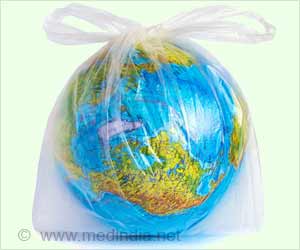As of 2016, the estimates of global emissions of plastic to the world’s lakes, rivers and oceans ranged from 9 to 23 million metric tonnes per year are likely to double by 2025, if the scenario continues.
‘The weathering plastic triggers a really bad effect that we will not be able to reverse.’
“Plastic emissions are trending upward even though awareness about plastic pollution among scientists and the public has increased significantly in recent years,” said lead author Matthew MacLeod, Professor at Stockholm University in Sweden.
The research team argued that current solutions such as recycling and cleanup technologies are not sufficient to handle this crisis. We must tackle this problem beginning from its root cause.
Technically, plastic recycling has many limitations, and countries that have good infrastructures are exporting their plastic waste to countries with worse facilities.
Drastic actions like capping the production of virgin plastic and banning the export of plastic waste unless it is to a country with better recycling can reduce emissions.
Plastic is considered to be a poorly reversible pollutant because of its continuous emissions and environmental persistence.
It accumulates in the environment when the emitted amount exceeds that of cleanup initiatives and natural environmental processes. This occurs by a multi-step process known as weathering.
Plastic pollution can also act in conjunction with other environmental stressors to trigger wide-ranging or even global effects.
The expense of ignoring the accumulation of persistent plastic pollution in the environment can be enormous. The rational thing to do is to act as quickly as to reduce emissions of plastic to the environment.
Source: Medindia



